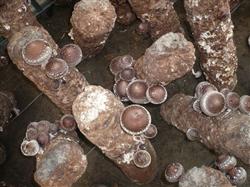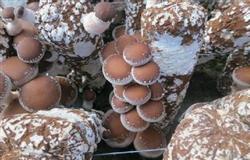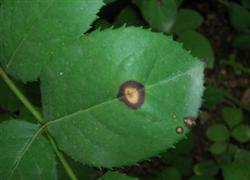Soil-covering cultivation techniques of Lentinus edodes

First, the soil-covered cultivation of Lentinus edodes can make Lentinus edodes have large body, thick meat and more flower mushrooms by using the techniques of natural color conversion, open mushroom production, enlarging the difference between dry and wet, and implementing the water management of alternating dry and wet. Second, compared with the conventional method, the output can be increased by 30% to 40%. Third, the bacterial stick can change color naturally after taking off the bag and covering the soil, and it is not easy to be infected. Fourth, after covering the soil, the bacterial stick can make full use of and absorb the water and nutrition in the soil, which can save the tedious process of soaking the bacterial stick to replenish water after each tide mushroom. The specific methods are as follows: the width of the border is 80cm 100cm, the depth is 20cm, the length is unlimited, and the covered soil is sprayed with 80% dichlorvos EC 1.25g, 50% phoxim EC 10g, potassium permanganate 1.7g and formaldehyde 5g per kilogram. Film-covered airtight fumigation for 24 hours for insecticidal and sterilization. Remove the bacterial bag when the mycelium reaches physiological maturity, lie close to the border, cover with wheat (rice) grass and spray wet after covering the soil. After 7 days and 10 days, the surface cover soil was removed, the surface of the bacterial stick was exposed, and the heavy water was poured for a second time, followed by alternating dry and wet water management. After a large number of mushroom buds are formed, water is poured again to make the soil layer absorb water, and then no more water is sprayed. After picking a tide of mushrooms, turn over the stick, and then cover the soil according to the above method.
- Prev

Cultivation techniques of high yield and high quality of Lentinus edodes
First, close inoculation method: increase the fungus point of Linden, the multiple bacteria area of the fungus point is large, and the hyphae can be infiltrated into Tilia wood in a relatively short time. The gas exchange between Linden and the outside world mainly depends on absorbing and evaporating water. The alternating moisture movement of dry and wet can make the interior of Linden get enough oxygen and make the hyphae go deep into the food of Linden.
- Next

How to prevent and cure brown spot of rose
Brown spot mostly occurs in the hot and muggy rainy season. Purple-brown round spots appear on the front of the leaves, with slightly ciliated edges, and there are many small black spots in the center. These small black spots are the conidia of pathogens. After the small black spots split, the spores were released to spread the disease. It can also spread with Rain Water. Brown spot depends on scores.
Related
- Fuxing push coffee new agricultural production and marketing class: lack of small-scale processing plants
- Jujube rice field leisure farm deep ploughing Yilan for five years to create a space for organic food and play
- Nongyu Farm-A trial of organic papaya for brave women with advanced technology
- Four points for attention in the prevention and control of diseases and insect pests of edible fungi
- How to add nutrient solution to Edible Fungi
- Is there any good way to control edible fungus mites?
- Open Inoculation Technology of Edible Fungi
- Is there any clever way to use fertilizer for edible fungus in winter?
- What agents are used to kill the pathogens of edible fungi in the mushroom shed?
- Rapid drying of Edible Fungi

